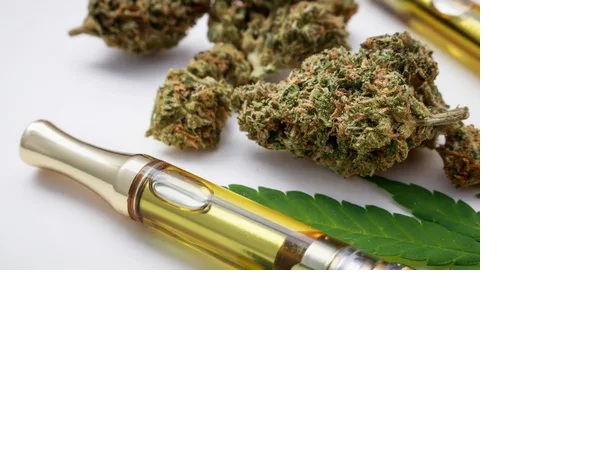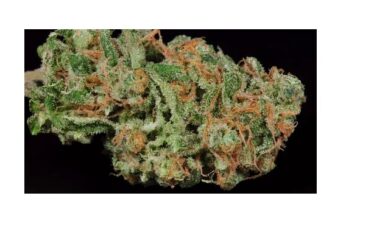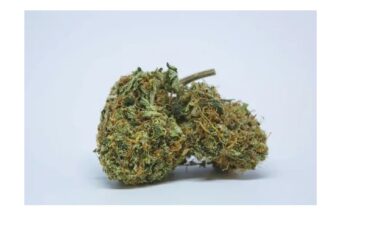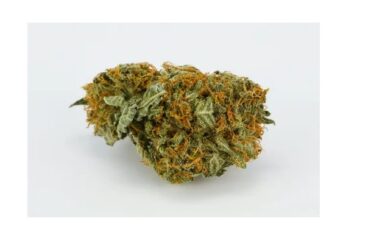
Cannabis concentrates, including THC oil and wax, represent a rapidly evolving sector of the cannabis industry, offering users potent and versatile alternatives to traditional cannabis flower. With their high cannabinoid concentrations, diverse consumption methods, and therapeutic potential, cannabis concentrates have gained popularity among both recreational and medicinal users. In this comprehensive guide, we will delve into the fundamentals of cannabis concentrates, the production process, popular types such as THC oil and wax, consumption methods, effects, medicinal applications, and considerations for consumers.
Understanding Cannabis Concentrates
Cannabis concentrates are potent extracts derived from the cannabis plant, containing high concentrations of cannabinoids, terpenes, and other bioactive compounds. These concentrates are produced through various extraction methods, which involve separating the desired compounds from the raw plant material to create a concentrated form of cannabis. Common cannabinoids found in cannabis concentrates include THC (tetrahydrocannabinol), CBD (cannabidiol), and others, each offering unique effects and potential therapeutic benefits.
Types of Cannabis Concentrates
THC Oil
THC oil, also known as cannabis oil or hash oil, is a concentrated form of cannabis extract that contains high levels of THC. It is typically produced using solvents such as ethanol or CO2 to extract the cannabinoids and terpenes from the plant material. THC oil can vary in consistency, ranging from viscous liquids suitable for vaping to thicker oils used for oral consumption or topical application.
Wax
Cannabis wax, also referred to as “dabs” or “shatter,” is a highly concentrated form of cannabis extract known for its potent effects and unique texture. It is produced through a process called butane hash oil (BHO) extraction, which involves using butane as a solvent to extract cannabinoids and terpenes from the plant material. The resulting extract is then purged of residual solvents to create a stable and potent wax-like substance.
Production Process
The production process for cannabis concentrates varies depending on the desired type of concentrate and extraction method. However, the general steps involved in producing cannabis concentrates include:
Extraction
The first step involves extracting the desired cannabinoids and terpenes from the raw cannabis plant material using a solvent such as butane, ethanol, CO2, or ice water.
Purging
After extraction, the solvent is removed from the extract through a process known as purging. This may involve heating the extract to evaporate the solvent or using vacuum pressure to remove residual solvents.
Post-Processing
Once the solvent has been purged, the extract may undergo additional post-processing steps to refine its texture, consistency, and potency. This may include techniques such as winterization, filtration, or distillation to remove impurities and isolate specific compounds.
Testing
Finally, the finished concentrate is tested for potency, purity, and safety to ensure compliance with regulatory standards and consumer expectations.
Consumption Methods
Cannabis concentrates offer a variety of consumption methods, each with its own unique advantages and effects:
Vaping
Vaping involves heating cannabis concentrates to a temperature that vaporizes the cannabinoids and terpenes without combustion, allowing for inhalation of the vapor. Vaping is preferred by many users for its convenience, discretion, and fast-acting effects.
Dabbing
Dabbing involves vaporizing a small amount of cannabis wax or oil on a heated surface, typically a specialized dab rig or vaporizer. Dabbing produces intense and immediate effects, making it popular among experienced users seeking potent and fast-acting relief.
Oral Consumption
Cannabis concentrates can also be consumed orally by mixing them into food or beverages, or by using pre-made capsules or tinctures. Oral consumption offers a convenient and discreet way to consume cannabis, with effects typically taking longer to onset but lasting longer overall.
Topical Application
Some cannabis concentrates, particularly CBD-rich oils and salves, can be applied topically to the skin for localized relief from pain, inflammation, and skin conditions. Topical application allows for targeted relief without the psychoactive effects commonly associated with cannabis consumption.
Effects
The effects of cannabis concentrates vary depending on factors such as cannabinoid content, consumption method, dosage, and individual tolerance. However, common effects of cannabis concentrates may include:
Euphoria
Many users experience a sense of euphoria and heightened mood after consuming cannabis concentrates, particularly those high in THC.
Relaxation
Cannabis concentrates often induce a profound sense of relaxation and tranquility, making them popular choices for stress relief and relaxation.
Pain Relief
Cannabis concentrates, especially those containing high levels of CBD, may provide effective relief from pain, inflammation, and muscle tension.
Increased Sensory Perception
Some users report enhanced sensory perception, creativity, and introspection after consuming cannabis concentrates, making them popular among artists and musicians.
Sedation
In higher doses, cannabis concentrates may induce sedation and sleepiness, making them suitable for evening or nighttime use.
Medicinal Applications
Cannabis concentrates have gained recognition for their potential therapeutic benefits in treating a variety of medical conditions, including:
Chronic Pain
Cannabis concentrates containing THC and CBD have shown promise in providing relief from chronic pain conditions such as arthritis, fibromyalgia, and neuropathy.
Inflammation
CBD-rich cannabis concentrates have anti-inflammatory properties that may help reduce inflammation associated with conditions such as arthritis, inflammatory bowel disease (IBD), and autoimmune disorders.
Anxiety and Depression
Certain cannabis concentrates, particularly those high in CBD, may help alleviate symptoms of anxiety, depression, and mood disorders by promoting relaxation and stress relief.
Epilepsy
CBD has been studied for its potential anticonvulsant properties and may help reduce the frequency and severity of seizures in patients with epilepsy and seizure disorders.
Nausea and Appetite Stimulation
THC-rich cannabis concentrates have been used to alleviate nausea and stimulate appetite in patients undergoing chemotherapy or experiencing appetite loss due to medical conditions such as HIV/AIDS or eating disorders.
Considerations for Consumers
Before consuming cannabis concentrates, it is essential to consider the following factors to ensure a safe and enjoyable experience:
Start Low and Go Slow
Begin with a low dosage of cannabis concentrates, especially if you are new to using them, and gradually increase as needed to avoid overconsumption and potential adverse effects.
Quality and Purity
Choose cannabis concentrates from reputable sources that prioritize quality and purity, and undergo rigorous testing for potency, purity, and safety.
Know Your Tolerance
Understand your individual tolerance to cannabinoids and adjust your dosage accordingly to achieve the desired effects without experiencing discomfort or adverse reactions.
Stay Hydrated
Consuming cannabis concentrates may cause dry mouth and dehydration, so be sure to stay hydrated by drinking plenty of water before, during, and after consumption.
Consume Responsibly
Use cannabis concentrates responsibly and avoid consuming them in situations where impairment could pose a risk to yourself or others, such as when operating heavy machinery or driving.
Conclusion
In conclusion, cannabis concentrates, including THC oil and wax, offer a potent and versatile alternative to traditional cannabis flower, with their high cannabinoid concentrations, diverse consumption methods, and potential therapeutic benefits. Whether seeking relief from pain, inflammation.
- Flavorful Escapades: My Melo THC Beverage Adventure! - May 18, 2024
- Benefits of Yellow Dock Supplements - April 1, 2024
- Benefits of Yarrow Flower Supplements - April 1, 2024



